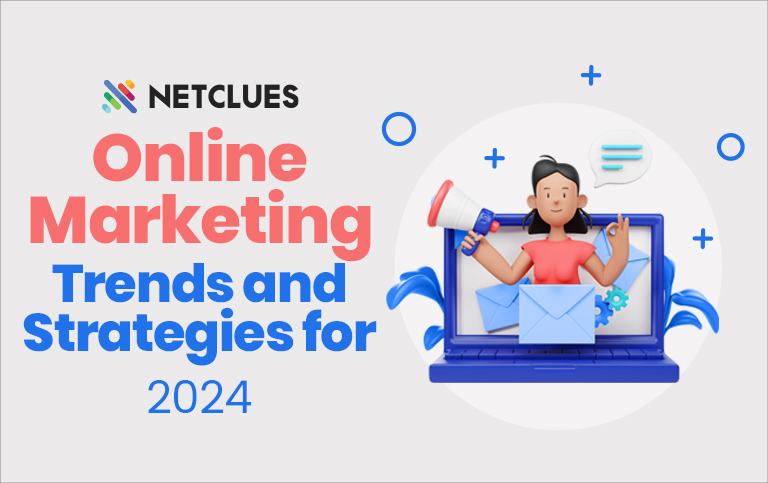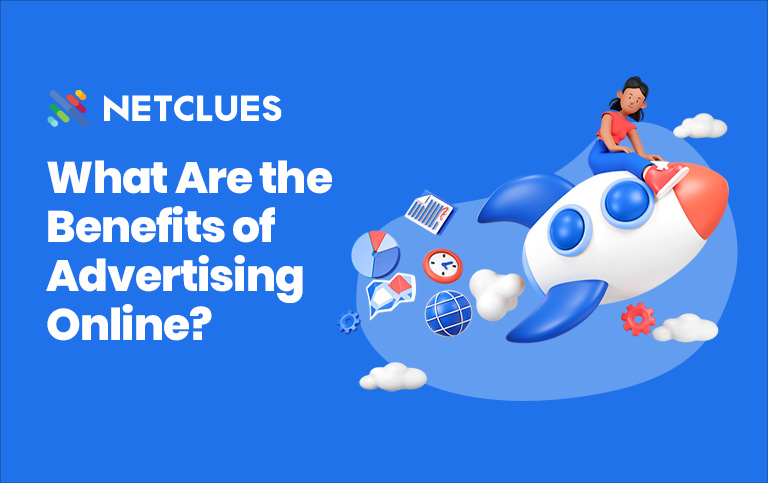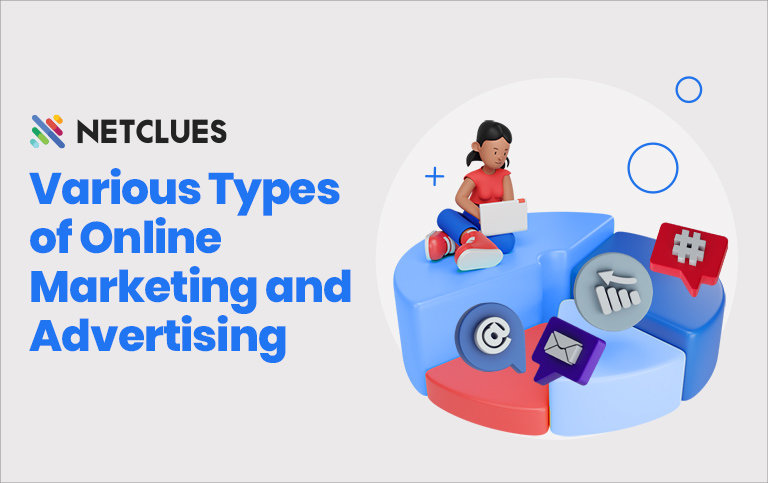Online Marketing Trends and Strategies for 2024

Marketing techniques evolve quickly, so staying ahead is crucial for businesses aiming to reach their target audience effectively. In 2024, online advertising remains key to driving brand awareness, engagement, and conversions. For businesses, working with a paid marketing agency in the Cayman Islands can be a game-changer. This guide explores the latest trends, strategies, and insights for online advertising in 2024.
What is Online Marketing?
Online advertising is a digital marketing method where businesses pay to show promotional messages to specific groups of people. These ads appear all over the internet—in emails, search engines like Google, websites, and social media platforms.
The primary goal of online ads is to convince the audience to take certain actions that help you achieve your business goals. Common goals include:
- Increasing brand awareness: Making your brand recognizable and memorable.
- Driving website traffic: Bringing more visitors to your website.
- Generating leads: Encouraging potential customers to share their contact information.
- Boosting sales: Convincing people to make purchases.
- Retargeting potential customers: Showing ads to people who have previously interacted with your brand.
How Does Online Advertising Work?
Websites and ad platforms like Google Ads, Meta Ads Manager, and Amazon Ads collect information about their users, such as interests, location, and browsing habits. They use this information to create user groups, or "audiences."
Brands pay to run promotions on these platforms and choose specific audiences to show their ads to, ensuring their ads are seen by people most likely to be interested in their products or services.
Ad platforms use various cost structures for different types of ads. Common ones include:
- Pay-per-click (PPC): You pay a fee each time someone clicks on your ad.
- Cost-per-mille (CPM): You pay a fee for every thousand impressions your ad receives.
- Cost-per-install (CPI): You pay a fee each time someone installs your app.
- Cost-per-lead (CPL): You pay a fee for each lead your ad generates.
- Cost-per-view (CPV): You pay a fee each time your video ad is viewed.
Running online ads involves several steps, which vary based on the type of ad, its cost structure, and the platform used. Generally, the steps are:
- Define Your Budget: Set your budget to determine what you're willing to spend.
- Plan Your Campaign: Plan based on your primary goal, such as brand awareness or sales.
- Create Ads: Develop compelling ads with clear messages and strong visuals.
- Apply Settings and Targeting: Use targeting options to reach the right audience.
- Launch and Monitor: Launch your campaign and monitor its performance to make adjustments as needed.
By following these steps and leveraging the expertise of a digital marketing agency in the Cayman Islands, you can maximize the impact of your online advertising efforts in 2024.
Define Your Budget
Set your budget before you start running ads. Your budget defines what you’re willing to spend on advertising. It should be decided with input from multiple stakeholders and will be a portion of your overall marketing budget.
The good news? It's adjustable. You can tweak it based on ongoing ad performance and changing business objectives.
Plan Your Campaign
Your main objectives while planning your campaign should be the brand's primary goals, such as brand awareness, driving more traffic, generating leads, and boosting sales. For example, with Google Ads, you choose your campaign objective immediately.
You also need a clear understanding of your target audience.
- Who are they?
- What are their pain points?
- What are their goals?
These questions will help you understand your target audience and potential buyers, which is crucial for creating effective campaigns and high ROI. GA4, Google Search Console, Keyword Planner, and other key indicators can help you learn more about your audience.
Create Ads
Compelling ads capture your audience’s attention and get them to take your desired action. Start by crafting a clear and engaging message and use high-quality visuals that align with your brand and message. Include a strong call to action (CTA) to prompt the audience to take the next step, like visiting your website, making a purchase, or signing up for a newsletter.
Apply Settings and Targeting
Utilize your ad platform targeting options to ensure your ads reach the right people and cross-check after setting an Ad and run for a few hours, if you find your ad not reaching the right people, you should correct it. Platforms like Google Ad Manager empower you to target Ads based on demographics (Gender, age, area, and region), interests, behaviors, and other factors to reach specific audiences. Here’s what it looks like to target your audience by interest using Google Ads.
You’ll also need to adjust other settings, including:
- Budget: Set a daily or lifetime budget.
- Bidding: Choose to pay based on impressions, clicks, or conversions, depending on your campaign goals.
- Schedule: Set your ads to run continuously or schedule them for specific dates and times.
- Ad placement: Choose where your ads will appear on the platform. For example, on Facebook, you can use “Advantage+ placements” (Facebook automatically decides the best placements for your ads) or “Manual placements” (you control where your ads appear).
What Are the Benefits of Advertising Online?

Online advertising offers many advantages. Here are some key benefits:
Precise Targeting
In offline advertising or marketing, you can just focus on region-based ads, you can control the audience demographics like age, gender, or income. Whereas, online marketing or advertising especially targets a section of audiences or potential buyers and also avoids wasting resources. Online marketing can set a targeted audience based on age, location, and interests, ensuring you reach the right audience.
Faster Deployment
Online ads can be launched quickly, sometimes within an hour, helping you achieve your campaign goals faster than traditional advertising, which often takes weeks to start. This speed allows you to respond swiftly to market changes and trends.
Wide Reach
Web advertising lets you connect with customers worldwide, expanding your brand visibility and opening new markets, regardless of geographical limitations.
Measurable Results
Internet advertising provides real-time metrics, giving you a clear picture of how your ads are performing and whether they’re meeting your goals. You can use this data to optimize various aspects of your ads, from copy and imagery to targeting.
Various Types of Online Marketing and Advertising

There are many types of online ads. Here are five of the most common:
Search Engine Marketing (SEM)
SEM is a digital marketing tactic that increases a website's visibility on search engine results pages (SERPs) using both paid and organic results. Paid search ads align with users’ search intent to boost conversion chances. Common types include:
Pay-Per-Click (PPC) Advertising
PPC ads appear on top of search results when someone searches for similar products or keywords on Google or other search engines. In this marketing, advertisers need to bid on relevant keywords or queries and only pay when users click on their ads, which makes PPC cost-effective and more accurate.
Product Listing Ads (PLAs)
PLAs are designed for ecommerce businesses and appear during product-related searches. These visual ads display products with information like name, price, and rating, typically at the top of search results for high visibility.
Influencer Marketing
Influencer marketing has become a trend in the past few years as people’s presence on various social media for different purposes increases. Some people started marketing and promoting industries' specific products through their accounts and built a community or fan base where they charged a certain amount to promote various products or services.
This marketing totally works on trust among the audience, influencer, and brand. Where followers trust the influencer’s opinions and recommendations, and when an influencer endorses a product or service, it can generate significant interest and increase brand sales.
Display Advertising
Display advertising uses visual elements like images, graphics, and videos. Types include:
Banner Ads
Banner ads appear at the top or sides of web pages. They can be shown through search engine ad networks or directly by publishers, making them great for brand awareness.
Video Ads
Video ads are engaging clips designed to capture viewers’ attention. They are often found on streaming platforms like YouTube and social media feeds, in mobile apps, and on websites.
In-App Ads
In-app ads are integrated into mobile applications to reach engaged audiences. Businesses can manage these ads through mobile ad networks or platforms like Google AdMob. Formats range from banners to full-screen ads.
Paid Social Media Ads
Paid social ads are the best option for businesses or companies that don’t have a big organic reach and are still on their way to recognition in the market. These advertisements let businesses directly reach potential customers through various formats such as images, videos, and carousels with catchy content on various social media platforms.
The prime benefits of paid social media advertising are its flexibility and customization. Even after it goes live, you can change the assigned budget, audience, content, and other demographics, which increases its effectiveness further.
Promoted Listings
Promoted listings are native ads alongside product or service lists on ecommerce sites. They look like regular listings but get priority placement and are usually marked as “Ad” or “Sponsored.”
Newsletter Ads
Newsletter ads, or sponsored emails, are promotional messages within another brand’s email newsletter. This approach lets businesses reach a partner company’s established audience. These ads are seamlessly integrated into the newsletter content and often add value to readers while promoting the advertiser’s offerings.
Email or Inbox Marketing
Inbox advertising places ads directly in a user’s email inbox, typically in a promotional or social tab. While these ads resemble regular emails, they are marked as ads. This allows businesses to reach users in a personal way, even if the users aren’t subscribed to their email lists.
Final Thoughts

In 2024, online advertising will remain critical to any effective marketing strategy. Businesses can efficiently reach their target audience by partnering with Netclues - a paid marketing agency Cayman Islands that has expert expertise and modern tools. The correct techniques, ranging from Google Ads management to social media marketing, may increase brand visibility, engagement, and conversions. Stay ahead by embracing current trends, promoting personalization, and protecting data privacy. Your success with online advertising begins now.
Netclues Awards & Recognition
At Netclues we intent on being a company that the entire community is proud of. We invest greatly in people & technology. We have some extremely talented people who work with us to give our clients exceptional products & service. We never satisfy with “good enough” we always aim for perfection & excellence. We work extremely hard and now and again get recognized for it as well.
About Us
Netclues is a team of web development experts, who came together years ago with a vision to offer enterprise and organization level solutions to clients. Equipped with the best people, first hand experience and the best technological backbone of the industry, we bring businesses face-to-face with profitability and an intensive brand awareness. One thing about us, which we feel elation in elaborating, is our capacity to customize


